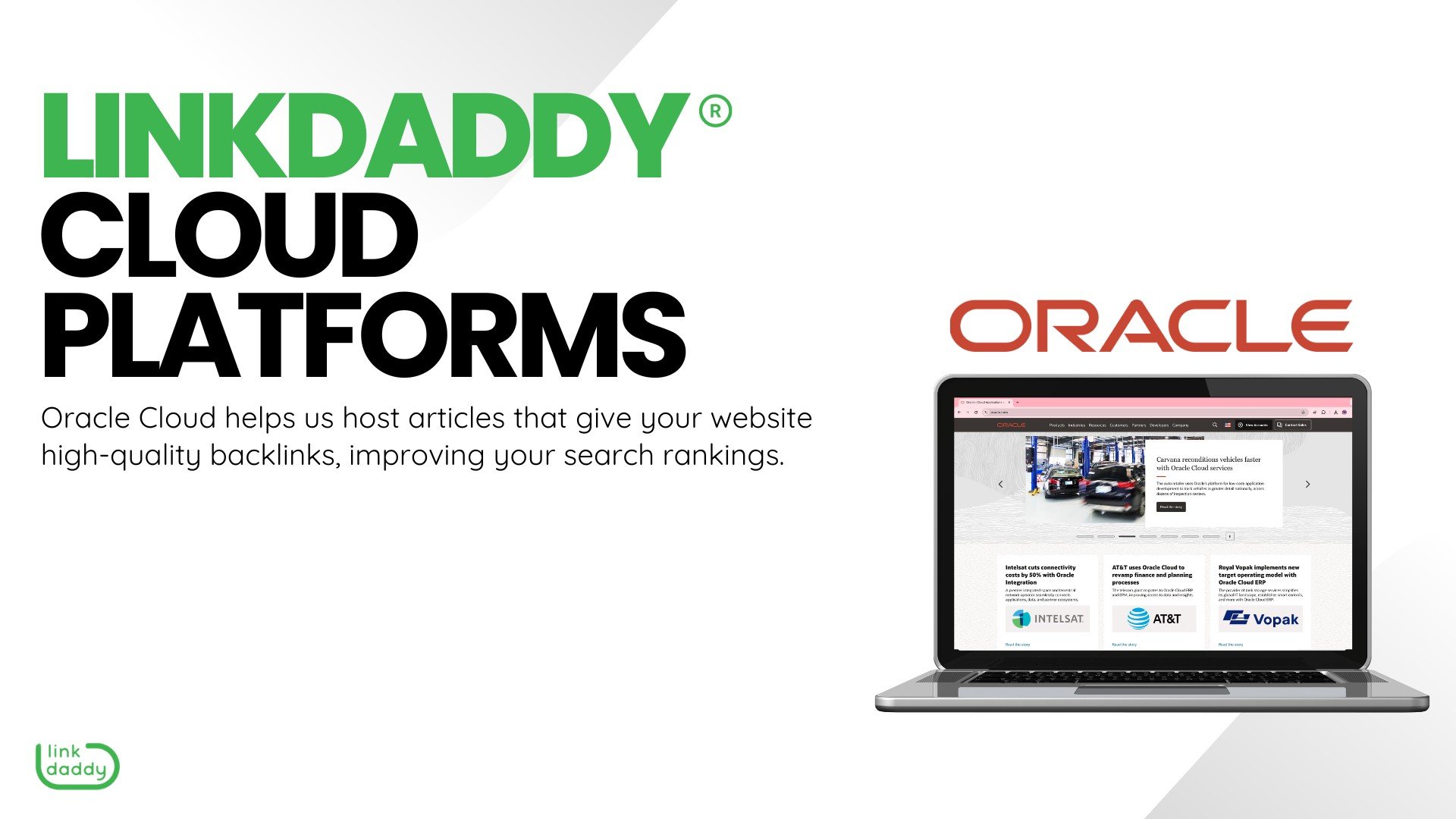A Practical Method to Carrying Out Cloud Providers for Optimum ROI

Assessing Current Framework
When assessing the feasibility of applying cloud solutions for maximum return on financial investment, the initial step entails analyzing the existing facilities in area. Cloud Services. Comprehending the existing equipment, software, network capacities, and storage space systems is vital to determine the compatibility and assimilation needs for migrating to the cloud
Analysis of the existing framework includes performing a comprehensive audit to recognize toughness, weaknesses, and possible areas for renovation. It is vital to examine variables such as web server ability, information security steps, redundancy procedures, and scalability options. By gaining a clear understanding of the present state of the infrastructure, organizations can successfully intend and strategize the change to shadow solutions.
In addition, examining the current framework enables companies to align their cloud adoption approach with their particular demands and goals. This examination gives beneficial insights right into maximizing resource use, enhancing efficiency, and guaranteeing seamless combination with cloud services. Ultimately, a complete evaluation of the existing infrastructure lays the foundation for an effective cloud application that maximizes return on financial investment.
Identifying Company Needs
In order to enhance source use and straighten cloud adoption with certain company objectives, the following crucial step after evaluating the present infrastructure is identifying the distinct needs of the company. Understanding business requirements is vital to tailor the cloud services properly. This process includes engaging with essential stakeholders throughout divisions to gather understandings into the company's chances, difficulties, and goals. By carrying out thorough meetings, studies, and analysis of existing process, it is possible to determine locations where cloud services can offer one of the most substantial effect.
By straightening the abilities of cloud services with the details needs of the organization, firms can guarantee that their financial investment in cloud innovation delivers optimum return on financial investment. By resolving these demands upfront, businesses can avoid expensive errors and make certain a smooth change to the cloud environment.
Picking the Right Cloud Provider
Selecting the suitable cloud company is a crucial decision that can substantially influence the success of a business's cloud fostering technique. When picking a cloud company, a number of variables must be thought about to ensure that the chosen copyright aligns with the organization's goals and needs. It is important to evaluate the company's reputation, reliability, security measures, compliance qualifications, and scalability options.
Track record plays an important duty as it mirrors the provider's record in delivering high quality services and meeting consumer assumptions (Cloud Services). Integrity is another essential factor to consider, as downtime or solution disruptions can have detrimental impacts on business operations. Safety is critical when delegating information to a third celebration, so visit our website it is crucial to examine the copyright's safety methods and information protection actions
Additionally, conformity qualifications make certain that the company sticks to market standards and policies, which is particularly important for business operating in regulated industries. Finally, scalability alternatives are important to fit future development and transforming service requirements effectively. By meticulously evaluating these factors, companies can pick a cloud company that best matches their demands and maximizes the return on financial investment.
Planning Movement and Application
To make pop over to these guys certain a smooth shift to cloud solutions, careful preparation and critical implementation of movement and implementation procedures are important. The initial step in this procedure entails performing a detailed assessment of the existing framework and applications to figure out the compatibility with cloud services.
As soon as the movement plan remains in location, the execution stage must concentrate on prioritizing workloads based on criticality and intricacy. This phased strategy enables testing and validation at each phase, minimizing disturbances and ensuring a smooth shift. It is vital to establish clear interaction networks and provide sufficient training to employees to help with fostering and deal with any problems.
Constant surveillance and optimization post-implementation are crucial to make certain that the cloud solutions are delivering the anticipated ROI. Routine performance testimonials and comments devices can help in determining areas for improvement and making best use of the advantages of cloud solutions.
Tracking Efficiency and Optimization
Reliable surveillance and optimization of cloud solutions efficiency play a critical role in making best use of ROI and ensuring operational effectiveness. By continually keeping an eye on the performance of cloud solutions, organizations can recognize prospective concerns immediately, optimize resource allowance, and enhance total system efficiency. Real-time tracking devices permit the monitoring of vital performance indications, such as response times, source use, and availability, allowing aggressive issue resolution and informed decision-making.

Furthermore, using predictive analytics and artificial intelligence formulas can help companies forecast future performance trends, expect potential traffic jams, and proactively maximize cloud resources. Constant efficiency monitoring and optimization not only improve the customer experience but also add to set you back financial savings and raised ROI over time.
Final Thought
To conclude, the successful application of cloud services needs a detailed evaluation of existing facilities, recognition of organization demands, choice of the best cloud provider, thorough planning for movement and execution, and official statement continual surveillance for efficiency optimization. By adhering to these actions faithfully, companies can maximize their return on financial investment in cloud services and achieve better efficiency and agility in their operations.
In today's busy company setting, the execution of cloud solutions has actually become a critical variable in enhancing operational efficiency and driving significant return on financial investment (ROI) By very carefully evaluating present facilities, identifying specific service demands, picking the best cloud solution copyright, and carefully preparing the migration and implementation process, companies can position themselves for success in the cloud. Comprehending the company needs is important to customize the cloud services properly. By aligning the capabilities of cloud services with the particular needs of the service, business can guarantee that their investment in cloud innovation provides optimum return on investment.Picking the optimal cloud solution provider is a crucial choice that can considerably affect the success of a firm's cloud adoption technique.